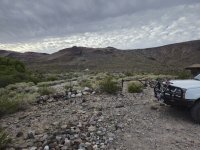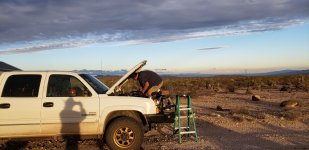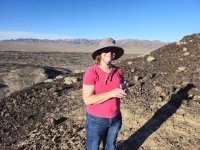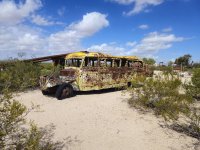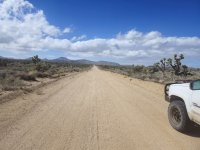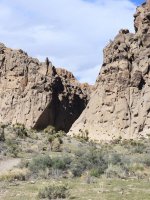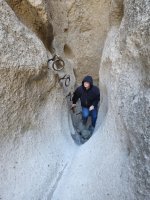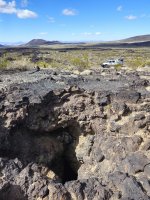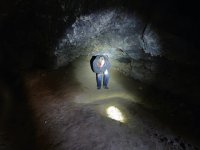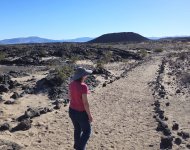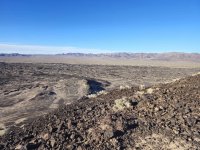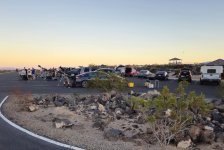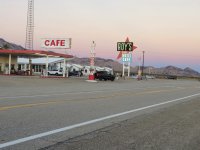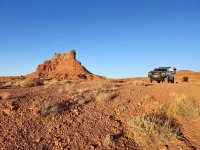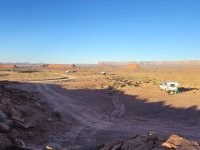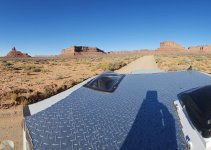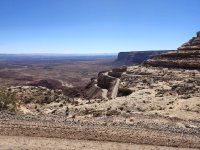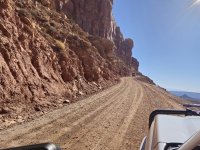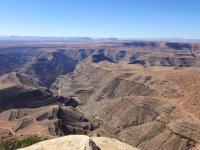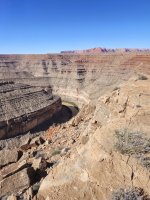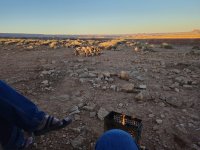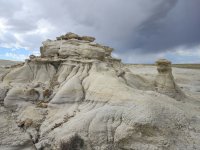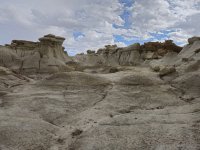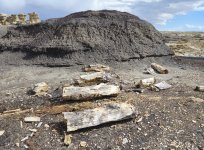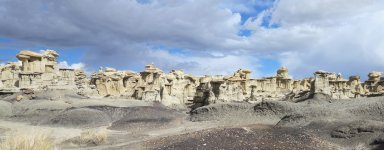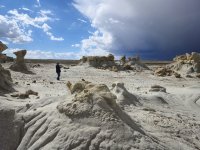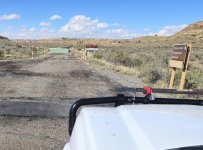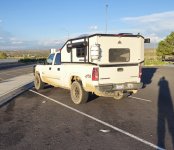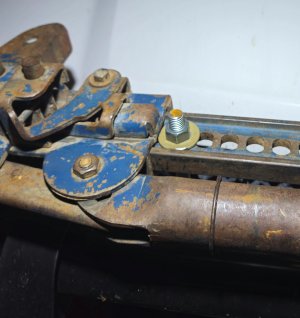So, my nephew decided to get married out in California where I am originally from.
My brother and his half of the clan still live out west but my parents moved to Ohio 20 years ago, Dad is passed now so it fell on me to get Mom out for the wedding.
For the price of air fair I got my adult daughter to travel with Nana and I loaded up the truck, took two weeks’ vacation and started driving.
At the last minute I finished hooking up the diesel heater.
But when I tried to fire it up I got an error code for a duct blockage.
Apparently the unit detects the motor speed is too low but it doesn’t know why.
And to add to the confusion, there is a fan on one end of the motor for the hot air circulation and a fan on the other end to circulate the combustion air.
So I have no idea which end has too much restriction.
Out of time I ignored the heater for the duration.
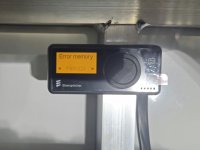
My wife flew out to Tucson to visit her sisters so I had a little more flexibility with the first part of the trip.
I departed from work on a Thursday and drove a few hours to get to the other side of Indianapolis before hitting a hotel.
I-70 threw Indiana is horrible, it feels like there has been construction for the last 30 years.
Friday night I camped in Sayre Oklahoma, a thousand miles out from home.
The city park in Sayre allows camping with electrical hookups for $12 a night.
It sort of looks like the camping for the local fairgrounds.
It’s not glamorous but it is very convenient, park next to a utility hook up, plug in (I brought an electrical space heater since I didn’t have diesel heat) then walk over and drop your money in a box.
I didn’t get a picture.
Day two I drove through Amarillo, Roswell and Alamogordo and camped in the James Canyon campground in the Lincoln National Forest.
The campground has two decent spots that were already taken and a few walk in sites, I just parked in the parking lot for the walk-in sites for the night.
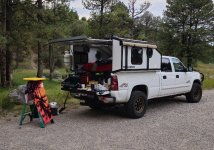
Picture of the abandoned train trestle near Cloudcroft.
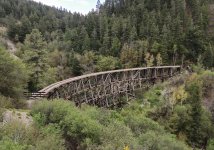
Day three, Sunday, I was up before the sun and driving down off the mountain headed west.
Between the mountain road, the dark and the fog I was doing a lot of 10 ~ 15 mph.
It’s probably a pretty drive in the summer.
I didn’t stay long in Tucson but I did stop at Lucky Wishbone.
It’s a local fast food right out of the 50’s and 60’s, they still have the original neon sign out front.
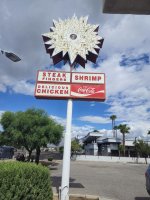
My wife grew up just down the street from this place.
Day 4, Monday, the adventure really gets started.
To be continued…
My brother and his half of the clan still live out west but my parents moved to Ohio 20 years ago, Dad is passed now so it fell on me to get Mom out for the wedding.
For the price of air fair I got my adult daughter to travel with Nana and I loaded up the truck, took two weeks’ vacation and started driving.
At the last minute I finished hooking up the diesel heater.
But when I tried to fire it up I got an error code for a duct blockage.
Apparently the unit detects the motor speed is too low but it doesn’t know why.
And to add to the confusion, there is a fan on one end of the motor for the hot air circulation and a fan on the other end to circulate the combustion air.
So I have no idea which end has too much restriction.
Out of time I ignored the heater for the duration.

My wife flew out to Tucson to visit her sisters so I had a little more flexibility with the first part of the trip.
I departed from work on a Thursday and drove a few hours to get to the other side of Indianapolis before hitting a hotel.
I-70 threw Indiana is horrible, it feels like there has been construction for the last 30 years.
Friday night I camped in Sayre Oklahoma, a thousand miles out from home.
The city park in Sayre allows camping with electrical hookups for $12 a night.
It sort of looks like the camping for the local fairgrounds.
It’s not glamorous but it is very convenient, park next to a utility hook up, plug in (I brought an electrical space heater since I didn’t have diesel heat) then walk over and drop your money in a box.
I didn’t get a picture.
Day two I drove through Amarillo, Roswell and Alamogordo and camped in the James Canyon campground in the Lincoln National Forest.
The campground has two decent spots that were already taken and a few walk in sites, I just parked in the parking lot for the walk-in sites for the night.

Picture of the abandoned train trestle near Cloudcroft.

Day three, Sunday, I was up before the sun and driving down off the mountain headed west.
Between the mountain road, the dark and the fog I was doing a lot of 10 ~ 15 mph.
It’s probably a pretty drive in the summer.
I didn’t stay long in Tucson but I did stop at Lucky Wishbone.
It’s a local fast food right out of the 50’s and 60’s, they still have the original neon sign out front.

My wife grew up just down the street from this place.
Day 4, Monday, the adventure really gets started.
To be continued…
Last edited:



